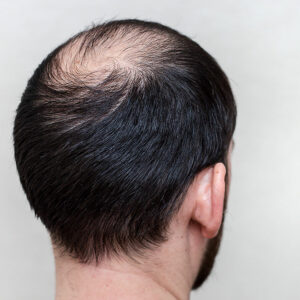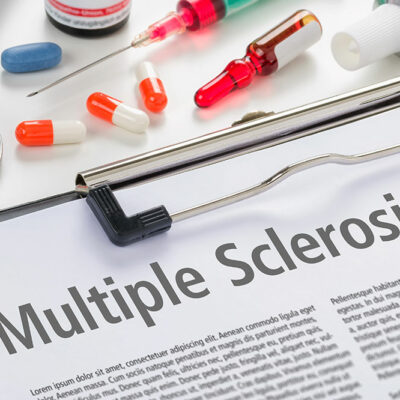Impact of excessive sugar on the ear and signs of hearing loss

Diabetes occurs when sugar accumulates in the bloodstream and doesn’t produce sufficient insulin. It affects around 30 million people in the country and can lead to short- and long-term complications. It’s important to learn how to manage diabetes to prevent nerve damage in various body parts, such as the hands, feet, eyes, kidneys, and ears. This article will examine how high blood sugar levels can affect the ears and the signs of hearing loss resulting from it.
Impact of high blood sugar levels on the ear
Elevated blood sugar can cause damage to the blood vessels and nerves that are responsible for hearing. This can reduce oxygen supply to the inner ear, ultimately leading to hearing loss. High blood glucose levels also impact the balance of potassium and sodium levels in the fluids in the inner ear, which can reduce cell functioning and cause tinnitus (ringing or buzzing noise in the ears that has no external source).
When diabetes affects the vestibular system in the inner ear, it may also cause balance problems and increase the risk of dizziness or falls. Diabetes can also make the earwax less acidic, making one prone to more ear canal and outer ear infections.
A study conducted by the National Institutes of Health (NIH) found that individuals with diabetes are twice as likely to have mild-to-moderate high-frequency hearing loss compared to those without diabetes. People with prediabetes also have a 30% higher risk of developing hearing loss. Some research also suggests that women with diabetes are at a higher risk of hearing loss than others. People with diabetes and high blood pressure have the lowest recovery rates from some forms of hearing loss. Early diagnosis is crucial in preventing severe damage.
Signs and symptoms of hearing loss
Some of the signs and symptoms that may indicate hearing loss are:
Trouble following conversations with more than one person
Asking others to repeat themselves
Thinking that others are mumbling
Problems following conversations in loud places like restaurants and cafes
Difficulty hearing children or people with softer voices
Turning up the volume on the TV or phone too loud
Balance and coordination issues
Exposure to loud noises like explosions, long-term exposure to music, aging, family history of hearing loss, virus, fever, ear swabs or foreign objects in the ear, structural problems in the ear, perforated eardrums, and chemotherapy can increase the risk of hearing loss for some people.
How does one protect their hearing?
While hearing loss may not be reversible, there are several ways to protect one’s hearing. Some of these include:
Get an annual hearing evaluation.
Get a moderate amount of exercise daily, as it helps improve circulation and blood flow.
Turn down the volume on personal devices such as the car radio, mobile phone, and television.
Use headphones or disposable earplugs when engaging in loud activities, such as concerts or fireworks displays.
Keep blood sugar levels as close to the target as possible.
If left untreated, hearing loss can increase the likelihood of experiencing depression, social isolation, and loneliness. Additionally, research has shown a connection between untreated hearing loss, cognitive decline, and dementia. Depending on the status of one’s auditory nerves in the ear, audiologists may recommend getting hearing aids or cochlear implants to improve hearing.










